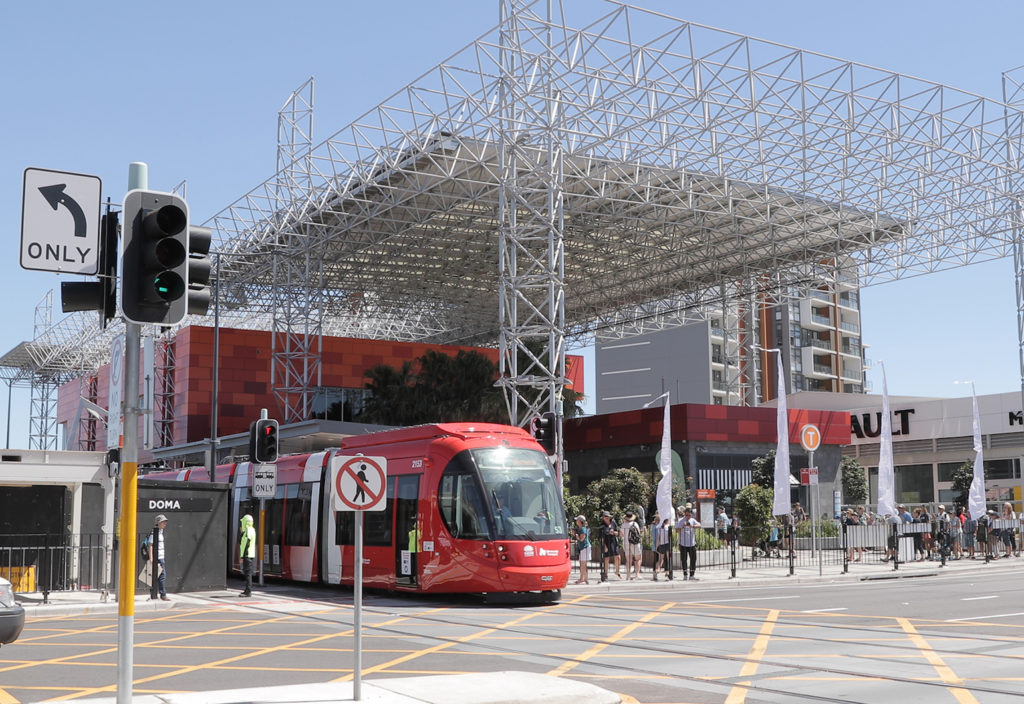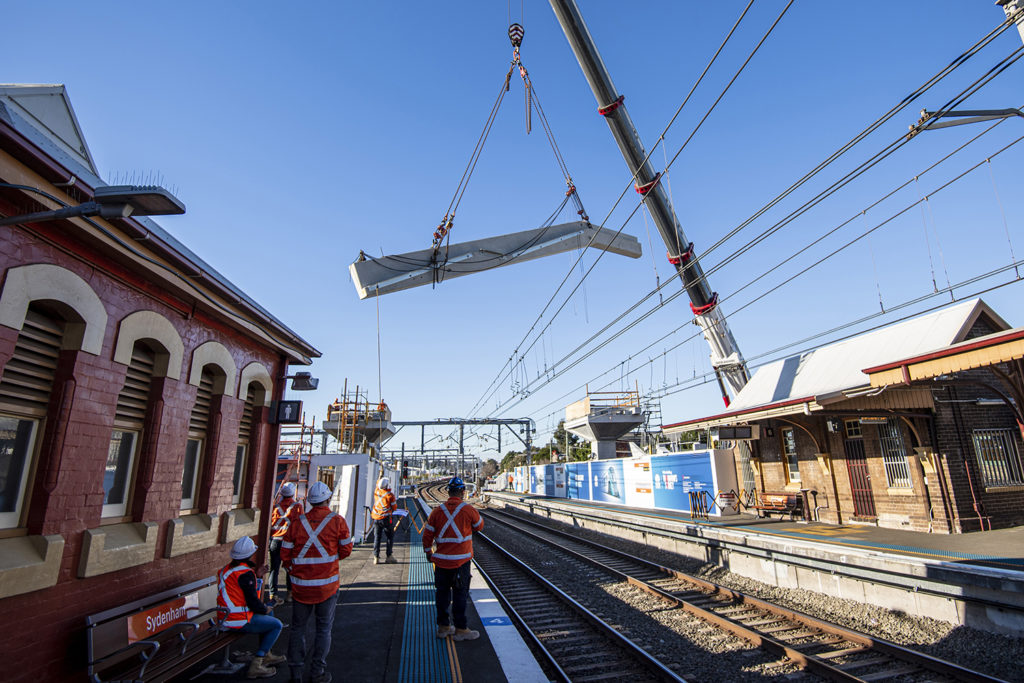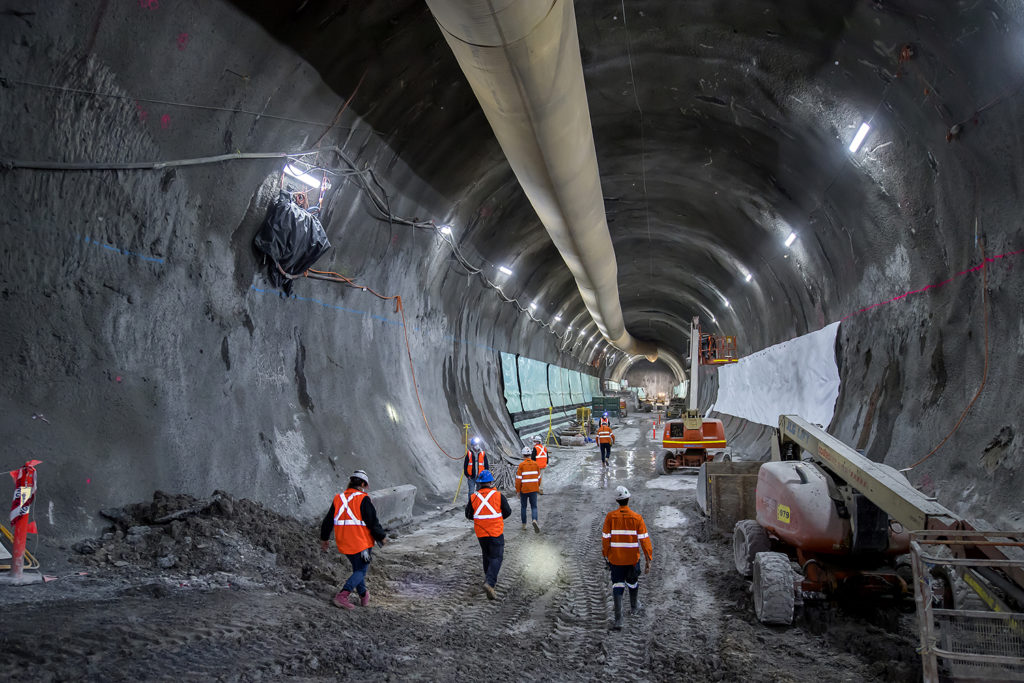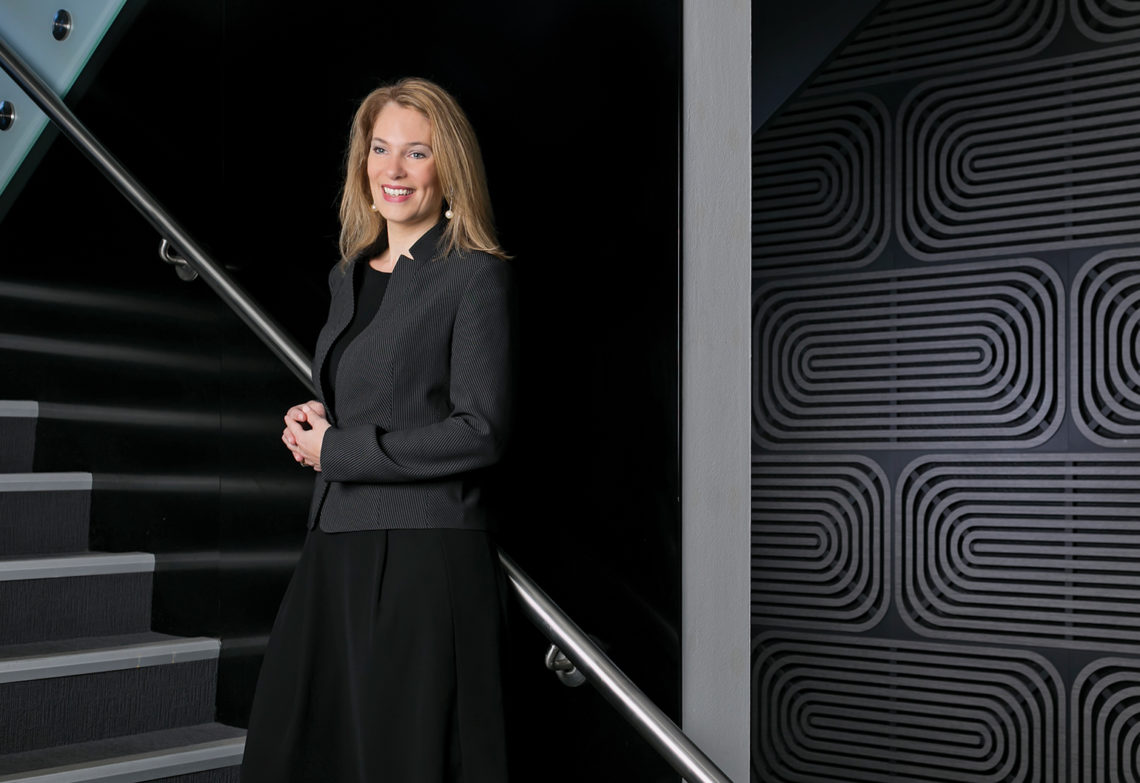When form and function come together to meet a human need, the result can be spectacular. That’s what Aurecon’s Rowenna Walker likes to aim for.
There is a powerful link between engineering and humanity, but sometimes that is forgotten during the design process, said Rowenna Walker.
Actually, it was this fundamental link that first attracted her towards engineering, and it is what drives her decisions today as an engineer and a manager.
The human effect of engineering is the reason she has worked her way around the world, won prestigious awards and been recognised as a thought leader in her field.
It all began at the Thames Barrier.
Growing up in London, Walker was one of thousands of school students who visited the awesome structure each year.
She recognised it as an amazing piece of machinery, designed and built to prevent Greater London from flood during king tides and storm surges. But, more importantly, she deeply felt its human purpose.
“I remember thinking that it prevents enormous pain,” said Walker, who now leads a $100 million portfolio as Aurecon’s Client Director, Transport, New South Wales.
“I’d been told stories about the potential for London to flood, and they were quite scary.
“Then I saw this fantastic piece of engineering. In my mind, I immediately connected it to the saving of lives and the prevention of pain.”
Almost every professional decision she has made since has been in some way connected to the human factor in the engineering process.
First there was a job with civil engineering firm Balfour Beatty, which sent her to work on widening London’s M25 orbital motorway. She found this work enormously uninspiring, not because of the lack of engineering challenge, but because of the lack of human purpose.

“That was the most boring project I’ve worked on,” she said.
“The M25 was three lanes and we were widening it to four, to relieve the congestion. But, in reality, we were just creating more space for more cars. I was helping to build a car park! That helped attract me to rail.”
From road to rail
In 2019, Walker was honoured with the Businesswoman of the Year award from the National Association of Women in Construction (NAWIC).
She was chosen for the award, NAWIC said, because she’s an influencer with strong leadership skills, able to manage large-scale and complex, city-shaping projects; a collaborative worker; a role model; and a mentor who encourages others to advance their careers.
Unsurprisingly, the inspiration to become an award-winning leader didn’t come from her work on the M25. Instead it was her next role, in Hong Kong, where she helped to design and build a new airport’s transport lines into and out of the city.
“This new airport and the seamless new rail system that delivered passengers into the very centre of the city transformed the experience for the traveller,” Walker said.
“It was an exciting environment to work in. One of the great things about engineering is not just using maths and physics to solve problems. What often drives engineers is the impact they have on society — that broader humanitarian impact in what we do is inspiring.”
Australia’s mass transit challenges
After working in Hong Kong, Walker’s roles took her through the world of rail in Sydney, New Zealand, back to London and then to Sydney, once again.
In 2016, she joined Aurecon as Global Service Leader — Rail and Mass Transit. She is also now Director of the Board at Consult Australia and Director at Bendigo Community Bank.
The role at Aurecon has been fascinating, she said, because Australia has an “infrastructure deficit”. There’s a growing population in urban areas such as Sydney and Melbourne, but not enough mass transit solutions to move them around.
Much of Australia is in catch-up mode as a result.
“We have infrastructure that needs upgrading,” she said.
“We have real issues with access to mass transit in regional areas and outlying areas around major cities. Also, we have skill gaps, so while any infrastructure investment is necessary and welcomed, we don’t necessarily have the right people to do all of that work.”
Another problem is Australia’s car culture.
“One of our biggest challenges is to manage that modal shift into mass transit from the single-occupancy car. But you can’t just tell people to get out of their cars and catch a metro. We can provide the infrastructure to be like Asia or Europe, but people have to want to use it.”

The solution is about providing the right types of incentives, Walker said. Her approach starts with the end-user in mind and asks how the infrastructure can be designed to transform their lives.
“Because it is more of a behavioural change than a technological solution, we need to first consider what people truly value in a mass transit system,” she said.
“We conducted a survey and people told us they most value convenience. They don’t want to have to think about what time the train arrives.”
At the same time, she said, technology allows us to do more with current infrastructure. New signalling systems, for example, can free up bottlenecks on rail networks and let more trains run more frequently on the same rails.
So how might we use technology to improve customer experience? What real-time journey apps will enhance the convenience factor? How does an engineer meet both customer expectation and client expectation? These are the questions that Walker faces daily.
“Ten or 15 years ago community and customer expectations were nowhere near as high as they are now,” she said.
“People demand more, want more and expect more. That adds strain and means transport providers must work harder.”

Best practice
What are the best global rail practices that Walker believes should be introduced in Australia?
- Interoperability: National rather than different gauges and standards in different states.
- Comms-based signalling and driverless trains: This will deliver greater efficiency, reliability and safety.
- High-speed rail: If you really want to look at how to get people out of cars, we need a viable alternative. Research tells us that if we can bring commercial centres like Sydney and Melbourne closer together through high-speed technology, it will improve productivity and Australia’s international competitiveness.
- Behavioural change and modal shift in passenger and goods trains: Specific policies can be developed to get more people and goods on to rail. For example, congestion charging can be used as a disincentive to drive into certain parts of the city. Reduced-fare or even initial free travel can encourage new users to try out new ways to travel.
- Using a number of customer technologies to offer choice and accessibility: An example is on-demand technology, particularly for those in regional areas. Such technologies allow a wider range of people to access public transport.



